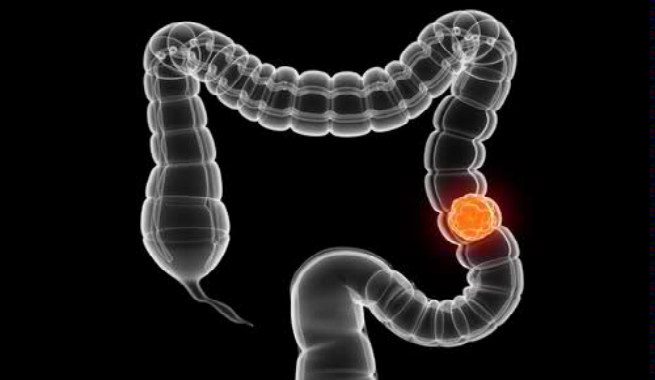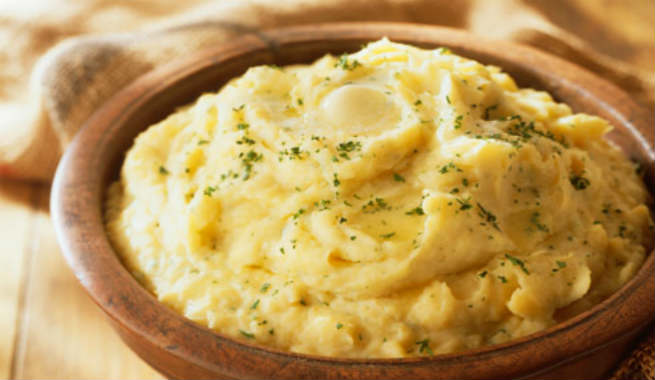Typhoid is one of the most prevalent transmittable ailments from food and water contamination. It is a type of fever caused by the bacteria Salmonella Typhi, which attacks certain parts of our digestive tract (primarily intestine) and leads to ulcers along with several other signs and symptoms (chill, weakness, fatigue, sore throat, vomiting, abdominal pain, constipation, diarrhea, slow heart rate, uneasiness, headaches, rashes, etc.). Due to lower immunity levels, children are often more susceptible to typhoid, and sometimes, they remain carriers of the disease even after recovery. (1)(2)
Nutritional Problems To Combat
Typhoid fever affects our gastrointestinal system, which eventually results in quite a few severe nutritional issues. These include:
- Daily loss of 250 grams to 500 grams of proteins in muscle tissues
- The fast depletion of glycogen reserves
- Disturbed fluid balance
- Poor absorption of nutrients from ingested foods
- Intestinal bleeding/perforation due to ulceration
- Aggravated infection/injury of intestinal tract due to medications
Though antibiotic medications are essential for combating these problems, it is even more important to make some significant dietary and lifestyle changes to bolster the patient’s immune system and speed up the healing process by reducing the severity of the symptoms.
Also Read – Get A Flat Belly with 5 Day Indian Diet Plan
Rules For Dietary Management
The main objective of dietary modifications for typhoid is to provide sufficient nutrition to the patient while causing less stress on their digestive system. Proper nutritional management for typhoid can give relief from the acute symptoms. Here are a few general rules to follow while making a typhoid diet plan:
- The diet should be high-calorie to keep the patient filled, nourished, and energetic, even with a low appetite. Initially, the 1000-1200 kcal/day consumption is good to meet the increasing energy needs, and it should be adjusted afterward based on tolerance and recovery.
- It must be rich in protein to fight against fatigue and weakness. However, meat and fish should be avoided for the first few weeks of the disease as they might be heavy on your digestive system.
- As excessive sweating causes loss of water and minerals in the body, there must be at least 3-4L of fluid in the daily diet to correct and maintain the water-electrolyte (sodium, potassium, chloride) balance.
- The diet should contain carbohydrates that are very well-cooked and easy to digest (i.e., glucose, starches, honey, sugarcane, etc.) to facilitate the absorption of nutrients and ensure enough nourishment.
- High-quality emulsified fats, such as milk fat, butter, cream, etc., can be included in the diet only if there is no symptom of diarrhea.
- All forms of non-soluble dietary fiber should be avoided as they can be harsh on the weak intestinal system and cause severe irritation. Instead, fine and soluble fibers should be consumed in high quantities.
- The diet should have no solid, semi-solid, or raw food. All vegetables should be boiled appropriately and well-cooked to make a soft, bland, and digestible puree.
- A typhoid diet should include meals in small portions and frequent intervals at the initial stage. The portions might be increased as the condition of the patient improves gradually.
Also Read – How to Gain Weight? – A Healthy Indian Diet Plan for You
Foods To Consume
Homemade foods are always preferred for typhoid patients, but there are certain restrictions, too. So, here is a list of recommended foods that might help you prepare a perfect diet chart:
- Liquid / Fluid: Mineral water (more than 2.5 liters), warm boiled water (with a tablespoon of honey), glucose water, tea, broth, coconut water, vegetable soups (boiled and strained with no spice), diluted fruit juices (orange, apple, sweet lime, pomegranate, etc.).
- Dairy Products: Milk, buttermilk (mixed with mashed banana or fresh coriander juice), soft cheese, paneer, and milk-based beverages.
- Low-Fibre Foods: Spinach, carrot, squash, eggplant, turnip, bitter melon, potato, refined cereals (wheat flour, semolina, etc.), softened soda crackers, rice pudding, washed pulses, porridge, custard.
- Protein-Rich Foods: Egg, fish, cheese, poultry, meat paste.
- Refined Foods (sugar content must be high): Honey, sugar, jam, jelly, candy, grass jelly, seaweed.
Foods To Stay Away From
Foods that cause additional stress on the digestive tract of a typhoid patient should be avoided in all circumstances. The diet chart should never include foods that contain:
- Strong flavor: Onion, garlic, radish.
- Fried and junk: Various snacks like cakes, samosas, etc.
- Irritants: Spices, chutneys, sauce, vinegar, pickles, hot seasonings (cayenne pepper, chili powder, etc.).
- Fats: Sweets, butter, etc.
- Non-soluble dietary fibers: Spinach stem, papaya, kale, sweet potato, whole grains, whole pulses, seeds, and skins of fruits and veggies.
- Gas-Producing Ingredients: Cauliflower, cabbage, durian, capsicum, jackfruit, pineapple, turnip.
Like the typhoid diet, the recovery diet is also essential as it helps reduce the length of the recuperative stage. It might include bland semi-solid foods that are low in fiber and easy on the digestive system. The patient might start consuming well-cooked khichdi, yogurt-rice, cereals, porridge, lentils, legumes, cottage cheese, kheer, butter, cream, thick broths, fruit custards, etc., at this phase of the disease.
Proper dietary management can help subside typhoid symptoms and accelerate recovery by replenishing the immune system’s health. However, a doctor must consult a doctor before making a diet chart for a typhoid patient.
Summary
Typhoid fever, caused by Salmonella Typhi bacteria, affects the digestive tract, causing ulcers and various symptoms. Nutritional problems arise, such as protein loss, glycogen depletion, and fluid imbalance. A high-calorie, protein-rich, and easily digestible diet is essential. Foods like mineral water, tea, broth, dairy products, low-fiber foods, and protein-rich foods are recommended. Avoid intense flavors, fried/junk food, irritants, fats, non-soluble fibers, and gas-producing ingredients. A recovery diet includes bland, semi-solid foods. Consultation with a doctor is crucial for dietary management.



